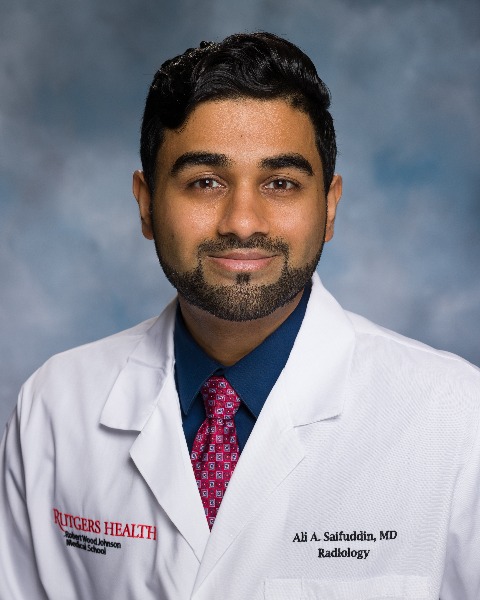SIR 2025
Embolization
Scientific Session
Single Center Experience utilizing Obsidio Conformable Embolic (OCE) for Embolization

Victoria Kim, MD
Resident
Rutgers Health/Monmouth Medical Center, United States- AB
Aryan Borole, BS
Medical Student
Rutgers-Robert Wood Johnson Medical School, United States - HW
Haokang Wei, MD
Resident physician
Robert Wood Johnson University Hospital, United States - DB
David Berezovsky, DO
Resident physician
Robert Wood Johnson University Hospital, United States - SR
Sudipta Roychowdhury, MD
Attending Physician
Rutgers-Robert Wood Johnson Medical School, United States - JK
Jeffrey Kempf, MD
Attending Physician
Rutgers-Robert Wood Johnson Medical School, United States - AB
Anupriya Barot, MD
Attending Physician
Rutgers-Robert Wood Johnson Medical School, United States - SR
Shayan Rashid, MD
Attending Physician
Robert Wood Johnson University Hospital, United States - SB
Sumit Baral, MD
Attending Physician
Robert Wood Johnson University Hospital, United States - IL
Ilya Livshits, MD
Attending Physician
Robert Wood Johnson University Hospital, United States - MC
Michael Censullo, MD
Attending Physician
Robert Wood Johnson University Hospital, United States 
Ali Saifuddin, MD
Resident
Rutgers, Robert Wood Johnson Medical School, United States- HB
Howard Brent, MD
Attending Physician
Robert Wood Johnson University Hospital, United States - AL
Albert Li, MD
Attending Physician
Rutgers Robert Wood Johnson Medical School, United States - JK
Joshua Kornblum, DO
Resident physician
Robert Wood Johnson University Hospital, United States - WC
Wayne Colizza, MD
Attending Physician
Robert Wood Johnson University Hospital, United States - AK
Aleksander Kubiak, MD
Attending Physician
Robert Wood Johnson University Hospital, United States - RW
Robert Wu, MD
Resident physician
Robert Wood Johnson University Hospital, United States - SG
Siddant Ganapath, BS
Medical Student
Robert Wood Johnson Medical School, United States - CY
Catherine Yang, BS
Medical Student
Robert Wood Johnson Medical School, United States - FK
Francis Kang, MD
Attending Physician
Rutgers Robert Wood Johnson Medical School, United States
Presenting Author(s)
Author/Co-author(s)
Materials and Methods: A review was conducted of cases involving the use of OCE at a single academic university hospital. A total of 43 patients were treated across 44 cases. Two different techniques were utilized. Patient demographics, treatment indications, as well as efficacy and safety outcomes, were assessed.
Results:
A review of cases using OCE at a single academic university hospital was performed, encompassing 44 procedures across 43 patients. Two embolization techniques were employed: the standard method and the "aliquot" method. Technical success was defined as complete embolization of the target vessel, confirmed by visual stasis of contrast on completion angiography. Clinical success was measured by the cessation of bleeding from treated vessels, verified through clinical or imaging follow-up, or both. Patient demographics, treatment indications, and efficacy and safety outcomes were analyzed. The technical success rate was 100%, though non-target embolization occurred in 3 cases, with a higher likelihood observed when the "aliquot" method was used.
Of the 44 cases, 41 were performed for the management of acute hemorrhage, including 15 cases of trauma-related bleeding, 12 gastrointestinal bleeds including variceal embolization, 6 post-surgical hemorrhages, 5 post-procedural bleeds, and 3 cases of hemorrhage from bleeding tumors. In the remaining 3 cases, OCE was utilized as an embolic agent for non-hemorrhagic indications, including 2 cases during Pre-Y90 mapping and one case involving the varicocele embolization.
Conclusion: OCE, a novel embolic agent, has demonstrated efficacy and safety in a wide range of embolization scenarios. Based on its performance in this study, OCE has proven to be a reliable and effective option for achieving successful embolization, with minimal complications, across diverse clinical applications. Its versatility and favorable safety profile make it a promising tool for embolization procedures in various settings.


.jpg)